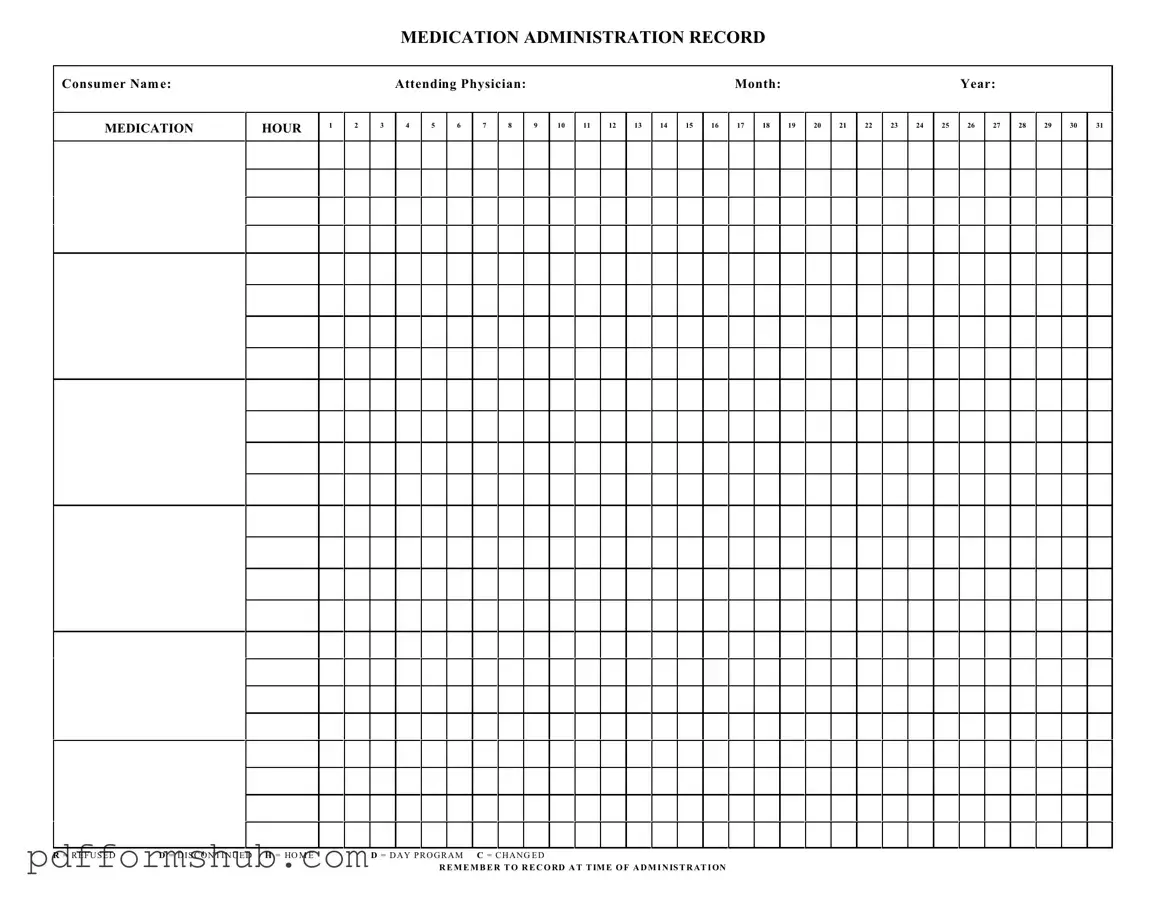Fill in Your Medication Administration Record Sheet Form
The Medication Administration Record Sheet is a crucial tool used to document the administration of medications to patients. This form ensures that all medications are given accurately and helps healthcare providers track any changes or refusals. By maintaining clear records, healthcare professionals can provide better care and ensure patient safety.
Start filling out the form by clicking the button below.
Customize Form
